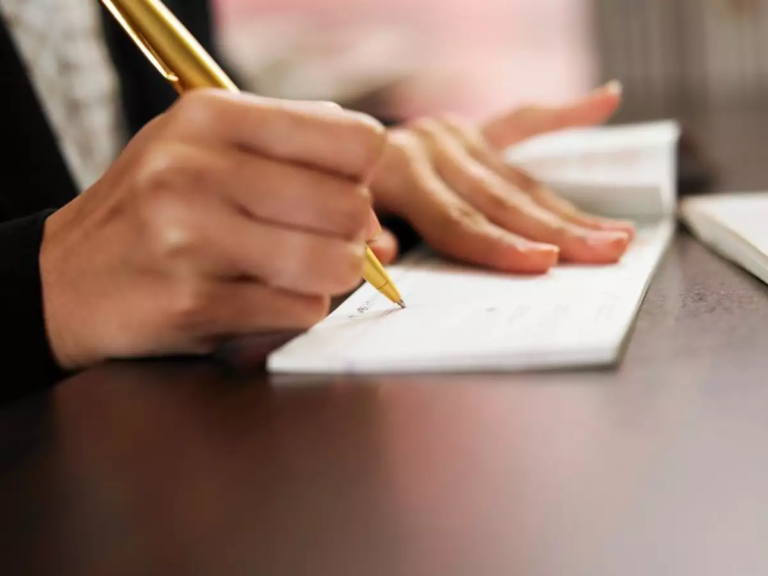There are many payment options available today, including cash, debit cards, credit cards, app payment, checks, and many more. Check is not commonly used at present, but people still use it, although they are not as popular as they used to be before. Understanding how to write a check is still a crucial part, and if you have written a check before, perhaps you should check out a guide on How To Fill Out A Check to avoid making any security mistakes. Writing a personal check does not only involve filling out the form correctly, you also need to make sure that you do not leave any room to make changes, in case the check gets lost or stolen.
When You May Be Required To Write A Personal Check: Although the practice of writing personal checks has declined in popularity, there are still situations when you need to use them. Here are some situations where you may need to write a check. You may need to write a check if the institution or the individual that you are paying to does not accept cash, credit card payment, or any other. If you are paying a large amount of down payment, a check may be the right choice. If the other individual lacks peer-to-peer payment, it will come in handy.
How To Write a Check: When you fill you the check, make sure that you add the date on the top-right and make sure that you write the current date. Without the date, the bank will not be able to deposit or cash the money. On tip here is to write the full year, to avoid fraud in case the check gets lost or stolen. Add the payee name or the company’s name clearly and avoid making even simple errors. While adding the numerical amount, you have to add the exact amount, it can be easy to make mistakes so be careful. And when you spell out the dollar amount, draw a line on the empty space for safety. After filling out the memo line, when you sign it make sure that it matches the signature on your bank account to avoid getting rejected.
Make Sure That You Enter The Check-In The Check Register: Once you have filled the check, make sure to enter the check, in your check register as well. Check registers usually have space on the side for check numbers, dates, transactions, withdrawals, or deposits. Once you have written a check, make sure that you mention it in the register. To enter the check number, you will find it on the top right corner of the check, add the date, then add the name of the payee and any other necessary details. Make sure that you add the right amount in the withdrawal space, and then fill up the running balance.
Void A Check: In situations where you no longer need the check that you have written, you need to void the check. If you have an unchecked check with your signature on it, there can be fraud, so to avoid this, you need to void the check. Voiding a check is simple, you only need to write VOID in large letters over the payee line with a black or blue pen, or you can write it across the check. However, note that a voided check does not guarantee 100% protection against fraud, so take other necessary precautions.
Also if you make any mistakes while writing the check, each bank usually has different rules to fix the errors. If you make any spelling mistakes, you need to void the check and start over. In case you make mistakes on the numerical amount, you can still make changes by writing above it or not to it; however, this mistake can be overlooked as they usually give importance to the word amount.

